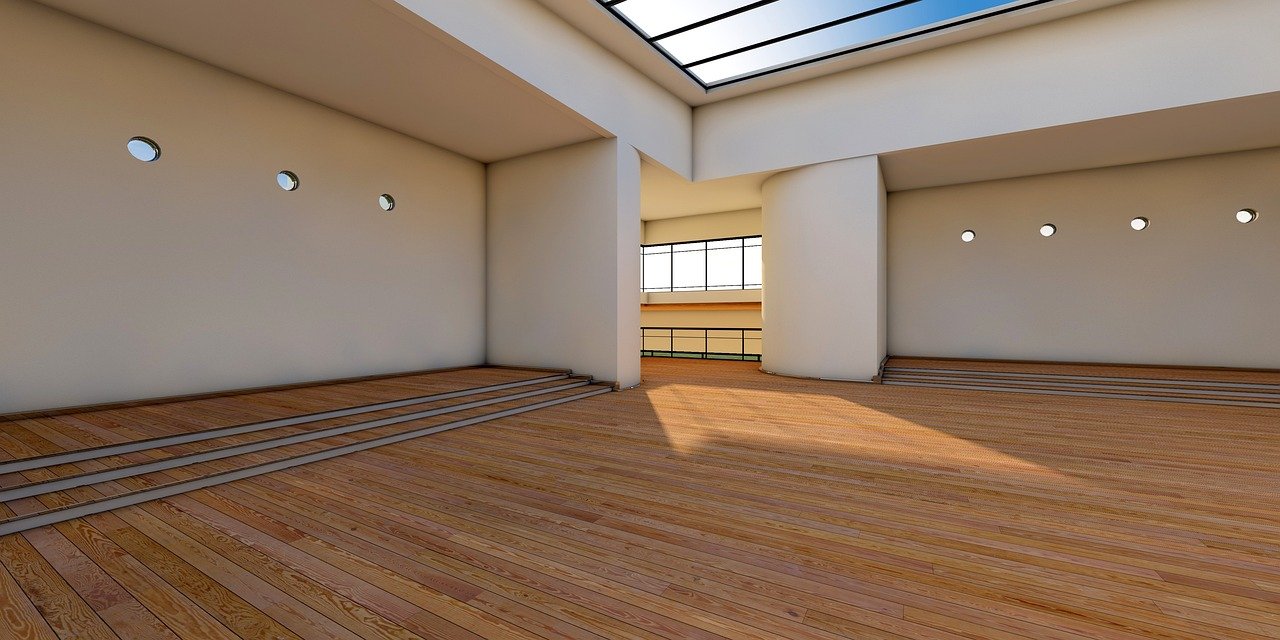World Fair
Imagine globetrotting to the most exciting, extraordinary destinations across the planet without ever leaving your lounge. In “World Fair,” you find yourself immersed in an insightful journey, bringing together awe-inspiring adventures and vibrant cultures from every corner of the world. This treasure trove of travel information gathered from global fairs promises to be an intriguing read, holding a mirror to your own travel aspirations and allowing you to see your dream destinations through a distinctive lens. Get ready to fuel your wanderlust like never before.
History of World Fairs
World Fairs, also known as Expos or International Expositions, are large, global events designed to educate the public, promote progress, and foster cooperation among nations. They have a rich, compelling history, shaping not only the landscape of their host cities but also the world’s perception of innovation, progress, and global interaction.
Pre-modern Era Exhibitions
Before the advent of the modern world fairs, festivals and exhibitions had been organized to showcase arts, culture, and technology, primarily in Europe. These early fairs often took the form of trade exhibitions, agricultural shows, and carnivals. In essence, these events brought people together, promoted economic growth, and celebrated human ingenuity, setting the stage for what would eventually evolve into world fairs.
Birth of Modern World Fairs
The model of the modern world fair was birthed in the mid-19th century, with the first major one being the Great Exhibition of 1851 in London. Held in Hyde Park’s Crystal Palace, a monumental glass and iron structure, it showcased the industrial achievements of the Victorian era. Since then, these fairs have become grand global events, demonstrating human innovation and driving international collaboration.
Significant Historical World Fairs
Over the years, several world fairs have left their mark in history. The 1889 Exposition Universelle in Paris unveiled the Eiffel Tower. Chicago’s 1893 World’s Columbian Exposition, brought the world the Ferris wheel. The 1939-1940 New York World’s Fair gave us the iconic Trylon and Perisphere while the 1964-1965 New York World’s Fair introduced to us Disney’s It’s a Small World ride.
Concept of World Fairs
The concept of world fairs evolved to bring nations together, fostering mutual understanding, sharing cultural values, economic exchange, and showcasing advancements in science and technology.
Objectives and Principles
The primary objectives of these events include promoting international relations, stimulating commerce, and showcasing advancements. The fairs espouse principles of unity, collaboration, and enlightenment, shining a spotlight on human achievement across borders.
The International Expositions Bureau
The Bureau International des Expositions (BIE) regulates world fairs. Established in 1928, it has overseen the organization of these events and enforced specific regulations, from organising bids to setting themes and ensuring that all participating nations adhere to the established principles.
Themes and Symbolic Buildings
Each world fair typically revolves around a central theme intended to encapsulate the spirit of the era. These themes often inspire the architectural design of their emblematic buildings, which continue to be symbols of their respective World Fairs, long after the events have concluded.

Categorization of World Fairs
World fairs are divided into different categories, reflecting the focus and scale of the event.
General Expositions
General or universal expositions are the largest and most comprehensive of the fairs. They cover a broad array of topics and are open to international participation. These fairs typically run for six months and are held every five years.
Specialized Expositions
Specialized expositions narrow their focus on specific themes, sectors or sub-sectors. They usually last for three months and occur between the general expositions.
Horticultural Expositions
Horticultural expositions, also known as ‘garden festivals’, emphasize on showcasing and promoting greener environments. They highlight advancements in gardening, horticulture, and landscaping.
Major Contributors to World Fairs
These grand events are possible due to the contributions of several entities, including host countries, designers, and innovators.
Countries with Most Hosts
Several nations have played significant roles in hosting these fairs. France, the USA, and Germany have often been hosts, with their cities transformed by the events’ grand structures and innovations.
Renowned Architects and Designers
Renowned architects and designers have left their mark on world fairs, with their designs becoming symbols of the events. For instance, Sir Joseph Paxton’s design of the Crystal Palace remains an emblem of the 1851 Great Exhibition.
Technological Innovators
Tech innovators also played notable roles in these events. Inventors, industrialists, and entrepreneurs have frequently used these fairs as platforms to showcase cutting edge technology and future possibilities.

World Fairs and Technological Advancements
World fairs have been platforms for unveiling several landmark scientific and technological innovations that have fundamentally altered the way we live and work.
Technological Displays at World Fairs
From the steam engine, telegraph, telephone, to the television and the personal computer, world fairs have been the stage for showcasing landmark technological displays.
Inventions Unveiled at World Fairs
These event stages were often used to unveil breakthrough inventions. For example, the 1876 Centennial Exposition in Philadelphia showcased the telephone. Notably, at the 1939 New York World Fair, the Television was introduced to the public.
Influence on Technological Development
World fairs have not only introduced us to these innovations but done a lot in their advancement and quick assimilation into society. They created a platform for innovators to gain public enthusiasm, secure investment and drive rapid development.
Cultural Exchange at World Fairs
World fairs have been key in promoting cultural exchange, understanding and celebrating the diversity of our global commitments.
Showcase of National Identity
At world fairs, nations show off their cultural values, traditions, talent, innovations, and aspirations in their pavilions. This help build a sense of national identity and provides a platform for countries to convey their narratives.
Global Cultural Interaction
World fairs provide a platform for interaction and exchange among countries, thereby promoting cross-cultural understanding and dialogue. Visitors explore pavilions representing various countries and cultures, allowing them to experience the world’s cultural diversity under one roof.
Impact on Social and Cultural Norms
Over the years, these events have given us a snapshot of social norms and cultural trends, reflecting the evolving spirit of their times. They’ve challenged prevailing narratives, broken barriers, and contributed to the shaping of global culture.

World Fairs as Tourism Attractions
Attracting tens of millions of visitors, world fairs often bring significant economic and tourism benefits to their host cities and countries.
Tourism Economics of World Fairs
World fairs attract tourists from all over the globe, providing economic boosts from accommodation, dining, transportation, and other tourist-related activities. The spending pattern of these visitors generates significant economic output and employment.
Attractions Beyond Exhibitions
World fairs offer more than just exhibition pavilions. Concerts, parades, cultural performances, workshops, activities for children, and dining options add to the attraction for tourists and locals alike.
Influence on Host Cities’ Tourism Industry
The impact of world fairs on host cities often leaves a lingering effect on their tourism industry. These events transform cities, improving infrastructure, creating landmark structures, and attracting future tourists.
World Fairs in the 21st Century
In the 21st Century, world fairs continue to adapt and evolve, mirroring the shifts in global society and technology.
Modern Themes and Trends
Modern world fairs often embrace themes centered around sustainability, inclusivity, and technological innovation, reflecting the concerns and aspirations of our era.
Impact of Digital Revolution on World Fairs
The rise of digital technology in the 21st century is transforming world fairs. Virtual reality, augmented reality, social media, and live streaming are taking center stage, creating immersive, interconnected experiences.
Future of World Fairs
The future of world fairs lies in their ability to adapt to a rapidly changing world, continuing to inspire, educate, and promote global cooperation in tackling humanity’s urgent challenges.
Controversies and Criticisms of World Fairs
Despite their glitz and glamour, world fairs have been subject to controversies and criticisms, tied primarily to issues of representation, sustainability, and resource use.
Issues of Representation
Critics argue that world fairs can misrepresent countries and cultures, sometimes reinforcing stereotypes or implementing uneven representation.
Environmental Concerns
With their grand installations and millions of visitors, concerns around the environmental impact of these events have been raised. These include themes around waste management, carbon emissions, and impact on local ecosystems.
Misuse and Exploitation of Resources
Critics also highlight the risk of misuse and exploitation of resources in hosting and managing these fairs, including the social implications of infrastructure development and adjustments in host cities.
Preserving the Legacy of World Fairs
Many landmarks from past world fairs have endured, serving as mementos of these historical global gatherings.
Remaining Structures and Their Uses
Iconic structures such as the Eiffel Tower, London’s Crystal Palace, and Seattle’s Space Needle are all products of world fairs that have found new life and purpose beyond their inaugural events.
World Fair Memorabilia and Collections
Various museums and collectors around the world hold memorabilia from world fairs, including posters, matchboxes, ticket stubs, and more. These items are valuable tools for historians studying the social, technological, and cultural trends of the past.
Documentaries and Literature on World Fairs
From books and scholarly articles to documentaries and feature films, the world fairs continue to inspire narratives and analyses, helping preserve their legacy while informing future expositions.
The history and impact of world fairs continue to resonate, reinforcing their role as powerful platforms for global cooperation, innovation, and cultural exchange. As we look forward to future world fairs, their legacy reminds us of their potential to shape our world for the better.



